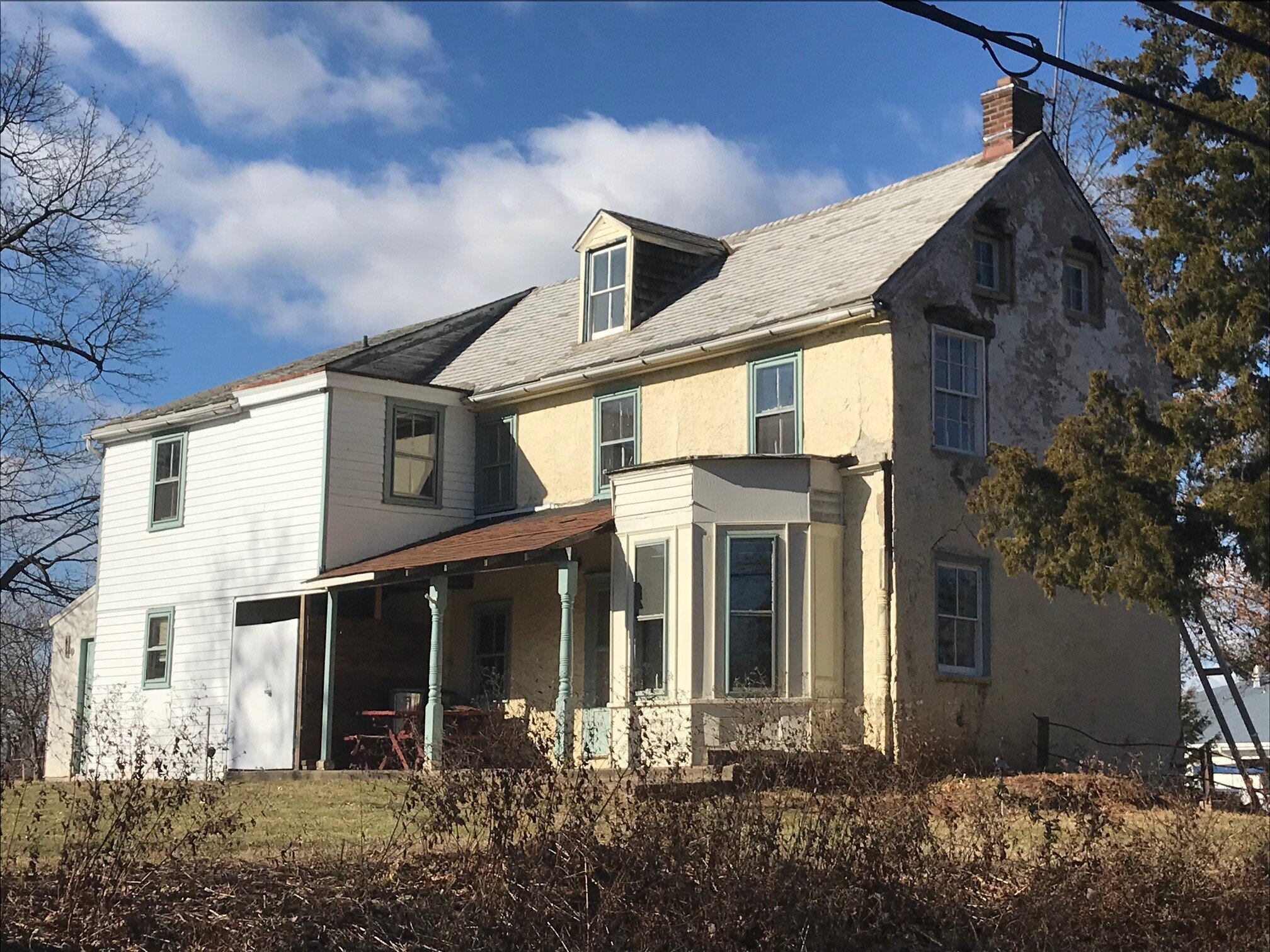(Receive our blog posts in your email by clicking here. If the author links in this post are broken, please visit our Free PDF Library and click on the author’s page directly.)
Then shall the King say unto them on his right hand, Come, ye blessed of my Father, inherit the kingdom prepared for you from the foundation of the world:…I was sick, and ye visited me:… (Matthew 25:34-36)
As cases of Coronavirus appear in China and the epidemic begins to spread around the world, concerns arise about not only physical health but also how to minister to those in need. It is an age-old question. Ministers have often asked themselves whether it is better to flee to safety or risk exposure to contagion for the spiritual well-being of those who are suffering.
There have been many plagues, many epidemics in human history, and there are many stories of compassion to the suffering. The 1665-1666 Great (bubonic) Plague of London, which killed an estimated 100,000 people in a period of 18 months, is one striking example. The event which inspired English Presbyterian Daniel Defoe’s A Journal of the Plague Year (1722) also inspired the ministry of English Presbyterian Thomas Vincent, highlighted in the 1993 play by Anthony Clarvoe The Living, in which Vincent was a main character and his compassion for the sick, with whom he stayed at great risk to himself (seven members of his own household died during the epidemic). Vincent later wrote God’s Terrible Voice in the City (1667), as a call for men to turn to God in repentance. Vincent’s The True Christian’s Love to the Unseen Christ (1677) also contains a description of the plague and his ministry during the pestilence. It was for the love of Christ and Christ’s flock that he stayed during the plague ministered to those in need.
I Preach'd, as never sure to Preach again,
And as a dying man to dying Men! — Richard Baxter, Poetical Fragments Heart-Imployment with God and it Self
Jonathan Edwards, among his first acts as President of the College of New Jersey (Princeton), preached a New Year’s Sermon in 1758 on Jer. 28:16 ("This year thou shalt die"), while Princeton, New Jersey was in the midst of a smallpox epidemic. He later received an inoculation, which led to his death two months later. (His predecessor, Aaron Burr, Sr., and successor, Samuel Davies, and his own son, Jonathan Edwards, Jr. all preached on the same text in the same year in which they died.)
…time ought to be esteemed by us very precious, because we are uncertain of its continuance. We know that it is very short, but we know not how short. — Jonathan Edwards, “The Preciousness of Time and the Importance of Redeeming It”
Ashbel Green, who wrote the heartfelt A Pastoral Letter, From a Minister in the Country, To Those of His Flock of Who Remained in the City of Philadelphia During the Pestilence of 1798 (1799), encouraged his flock during a yellow fever epidemic not to assemble for public worship. He lost a dear friend to the disease, John Blair Smith, in 1799, and his concern was to protect his flock as a shepherd. The pestilence visited Philadelphia several times while he ministered there and in surrounding parts. His diary entry for November 6, 1802, records this joyful note: “Thanks to God who has preserved us all from the pestilence, shown us many favours, and returned us again to our home. O let us live to his praise; I hope this day I have had some freedom at the throne of grace.”
If ever I preached with fervour, like a dying man to a dying man, it was during the time of this calamity. — Ashbel Green’s autobiography, p. 280
George Dodd Armstrong, author of The Summer of the Pestilence: A History of the Ravages of the Yellow Fever in Norfolk, Virginia (1856), made the decision to stay and serve his suffering flock during the 1855 epidemic. Barry Waugh writes:
The first cases of yellow fever occurred about mid July 1855 in Portsmouth and the source of the contagion was believed to be a steamer from the island of St. Thomas. The citizens of Norfolk were concerned that the fever would be transmitted across the Elizabeth River to infect its citizens. Their fears were confirmed in short order when cases were diagnosed in Norfolk. As the severity of the epidemic in both cities unfolded, Rev. Armstrong struggled with whether or not a minister should remain in the city or flee with the others seeking safety. He decided to stay with his family and he would pay a price for his decision. However, his decision to stay rested upon the providence and sovereignty of God.
For myself, I can say that, in the prospect of the possible spread of the fever throughout our city, I have no anxious thought. The pestilence, when raging in its most terrible violence, and when man stands appalled before it, is yet ever under God’s control, and can claim no victims but such as are given it (p. 29).
Another pastor who confronted the challenges of a yellow fever epidemic was Benjamin Morgan Palmer in New Orleans. Douglas Kelly writes in Preachers With Power: Four Stalwarts of the South, pp. 99-100:
This central motivation of Palmer’s life [a desire “to see the healing hand of the Good Shepherd laid upon the multitudes for whom he felt responsible”] is illustrated in self-sacrificial actions during perilous circumstances in both New Orleans and Columbia. In 1858 the pestilence of yellow fever struck New Orleans, and large numbers of people left the city. While this included many pastors who abandoned their flock, Dr Palmer remained in order to visit the sick and dying, and in the words of his biographer, ‘to offer the consolation of the Gospel, and any other service which it was in his power to give…’ During that year, some 4,858 people in that city died of the fever and Palmer not only visited his own people, but others, particularly those who had no pastor. Indeed, it was his custom, while on his beneficent rounds, ministering to his own people, to enter every house on the way which displayed the sign of fever within; to make his way quietly to the sick room, utter a prayer, offer the consolation of the Gospel, and any other service which it was in his power to give, and then as quietly to leave.’
Twenty years later, in 1878, Palmer was equally faithful and active in visiting those who were once again struck down by another outbreak of yellow fever. Increasing age had not affected his activity in the least. He wrote to his sister, Mrs Edgeworth Byrd, the following report on his pastoral work at that time: ‘You will form some idea of the trial, when I state that during three months, I paid each day from thirty to fifty visits, praying at the bedside of the sick, comforting the bereaved, and burying the dead; and that, too, without intermitting the worship of the Sabbath or even the prayer meeting in the week.’ Such actions prompted a famous Jewish rabbi of New Orleans to observe, ‘It was thus that Palmer got the heart as well as the ear of New Orleans. Men could not resist one who gave himself to such ministry as this.’
In the Selected Writings of Benjamin Morgan Palmer, edited by C.N. Wilborn with selections made by Caleb Cangelosi (who suggested the very topic of today’s blog post), there is an article which he published in the Southwestern Presbyterian (April 1, 1869) titled “Never Too Late,” which gives a sample of his ministerial endeavors during the epidemic of 1867. A man on his death-bed was converted by means of the prayers and earnest supplications of Palmer thus affirming an old maxim found in Matthew Henry’s commentary: “While there is life there is hope.”
In all of these scenes of pastoral ministry, the love of Christ constrained these men to do what they could to help those in need, often at great risk to themselves. We are not all called to such circumstances, but we are all called to such love. And we are called further to pray for the suffering around the world. May these examples from history stir us up to greater compassion for the sake of Christ.




























